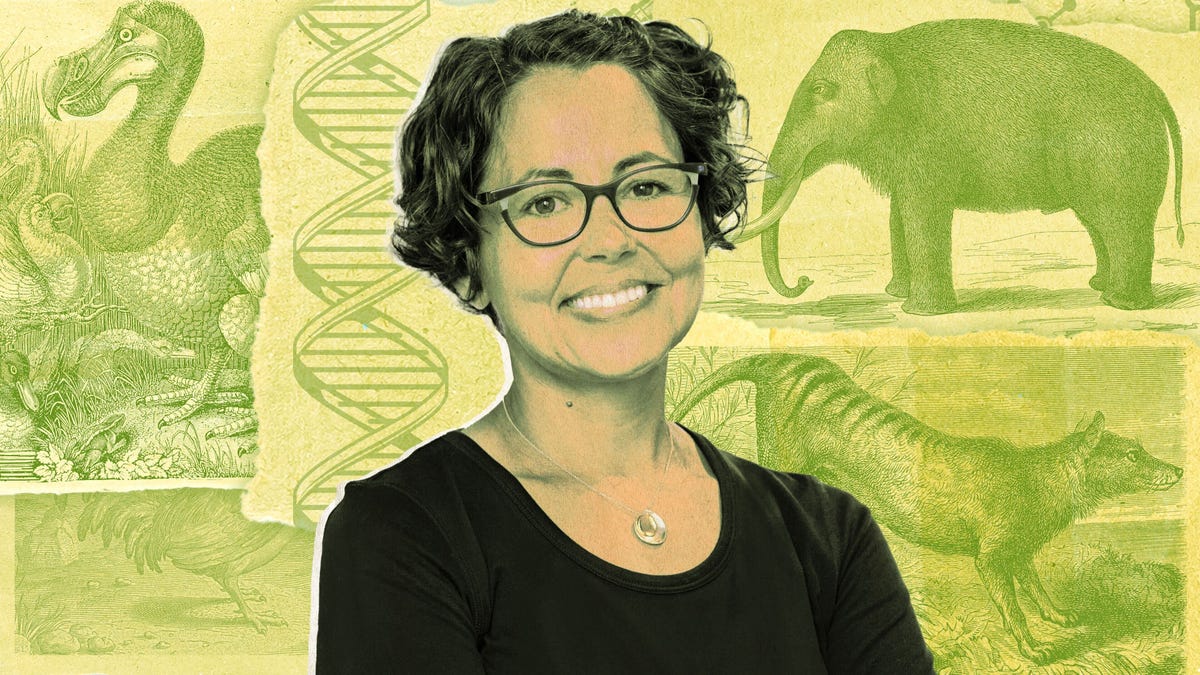Colossal Biosciences, a leader in the field of ‘de-extinction,’ has been making waves with its ambitious plans to bring back extinct species such as the woolly mammoth, the Tasmanian tiger, and most recently, the dodo bird. The company has attracted significant investment, including from In-Q-Tel, a CIA-funded venture capital firm, and has assembled a team of top geneticists, including renowned paleogeneticist Beth Shapiro.
Shapiro, known for her work on de-extinction and conservation genetics, recently took on the role of chief science officer at Colossal. In a recent interview with Gizmodo, she discussed the company’s goals and the challenges of bringing back extinct species.
The process of de-extinction involves using advanced bioengineering techniques to edit the DNA of living species, such as Asian elephants, to give them traits of extinct animals like the mammoth. Colossal has made significant progress in this area, recently announcing the successful engineering of elephant stem cells that can be converted into an embryonic state.
Shapiro explained the complex process of editing primordial germ cells in bird embryos, a key step in the de-extinction process. She also discussed the challenges of developing artificial womb technology and the potential time frame for bringing back extinct species.
The conversation with Shapiro shed light on the groundbreaking work being done at Colossal and the exciting possibilities of de-extinction technology. As the company continues to make strides in this field, the future of bringing back extinct species looks brighter than ever.
